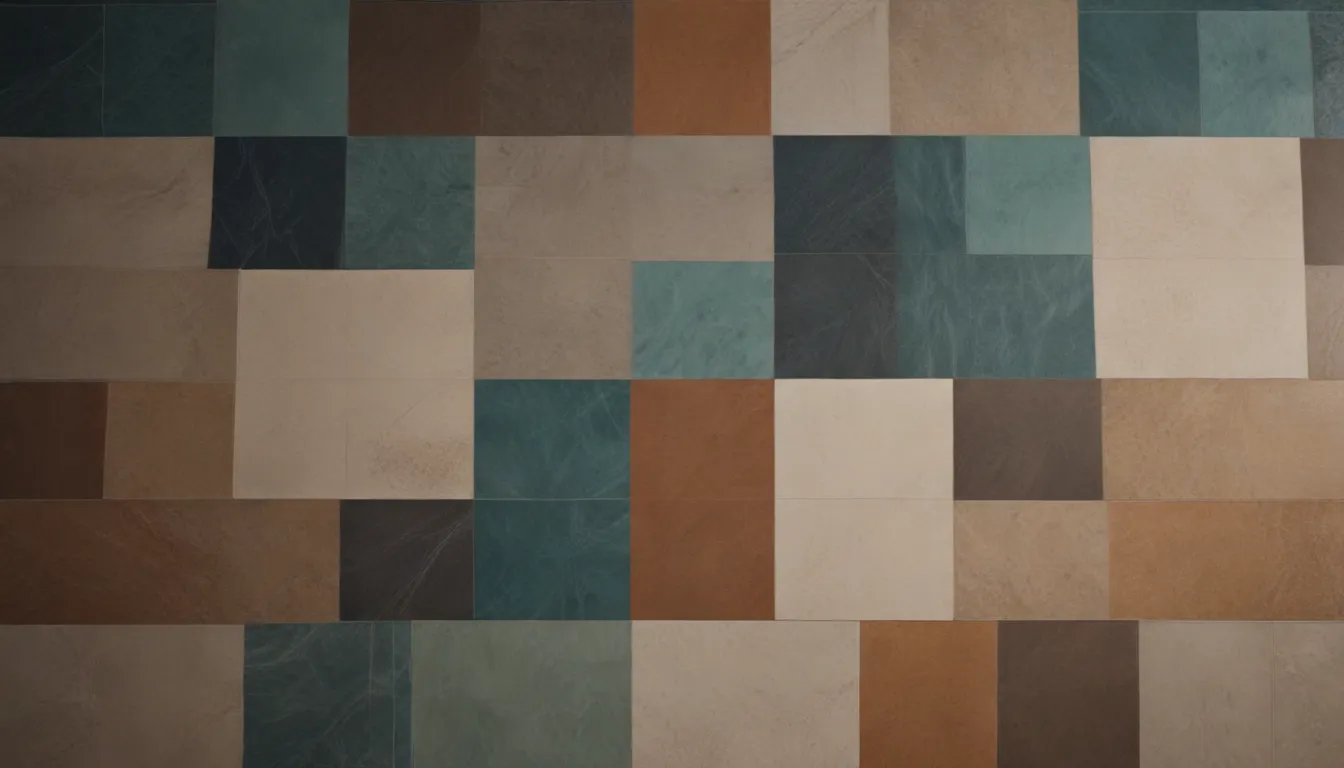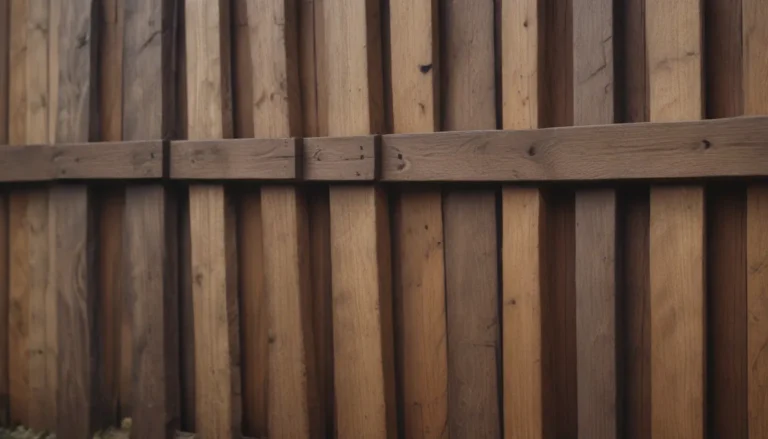Everything You Need to Know About Floating Tile Floors

Are you tired of the traditional method of laying ceramic and porcelain tiles with wet mortar and grout? If so, floating tile floors might be the perfect solution for you. In this comprehensive guide, we will explore the basics of floating tile floors, their features, pros and cons, as well as popular brands in the market. Let’s dive in!
What Are Floating Tile Floors?
Floating tile floors are a revolutionary way to install ceramic tiles without the need for a mortar bed. Instead of adhering the tiles directly to the subfloor, the tiles are attached to plastic trays that interlock from side to side. These trays automatically space the tiles and ensure proper alignment. The tiles do not physically join to each other—only their supporting bases do. This innovative system eliminates the need for thinset mortar below the tiles, making the installation process much easier and faster.
3 Key Features of Floating Tile Floors
1. No Thinset Mortar Bed
Traditional tile installation requires a thinset mortar bed to adhere the tiles to the subfloor. This process can be messy and time-consuming, as the mortar needs to be spread evenly across the surface with a trowel. Floating tile floors eliminate the need for a mortar bed, as the tiles are set into plastic trays that mimic some of the properties of mortar. This not only simplifies the installation process but also ensures that the tiles remain level.
2. Automatic Spacing
Achieving proper seam spacing between tiles is essential for a clean and professional-looking finish. Traditional tile installations rely on tile spacers to create the right gap between tiles, which can be a tedious task. Floating tile floors come with built-in plastic spacers in the form of the trays, ensuring consistent and accurate seam spacing. This feature eliminates the need for separate spacers and makes the installation process more efficient.
3. Synthetic Grout
Traditional tile installations use either sanded or unsanded grout to fill the seams between tiles. Floating tile floors, on the other hand, require a urethane-based grout that can accommodate slight shifts and movements in the floating floor system. This synthetic grout not only ensures a durable and flexible finish but also simplifies the maintenance of the tiles over time.
Pros and Cons of Floating Tile Floors
Pros:
- Automatic spacing
- No need for a mortar bed
- Eliminates lippage between tiles
- Faster installation process
- Easier to maintain over time
“With floating tile floors, DIY tilers can enjoy a simpler and more efficient installation process, without compromising on the quality and durability of the tiles.”
Cons:
- Limited availability of floating tile flooring
- Higher cost compared to traditional tiles
- Limited design options
- Pre-determined seam width
- Additional step required for cutting tiles
Is Floating Tile Faster?
According to tests conducted by Kwik-Tile, a leading manufacturer of floating tile products, floating tile floors can be installed 72% faster on average compared to traditional tile installations. This means that you can complete the installation of 200 square feet of floating tile floor within five to six hours, allowing you to grout the tiles sooner and enjoy your new flooring sooner.
Floating Tile Floor Brands
1. RevoTile
RevoTile is a premium floating tile product from DalTile, featuring real porcelain tiles with click-fit plastic backers for easy installation. RevoTile requires a flexible underlayment and must be grouted with their proprietary RapidGrout product. With a wide range of colors and styles available, RevoTile is a popular choice for homeowners looking for a high-quality floating tile flooring solution.
2. QuicTile
QuicTile is another innovative product from DalTile, offering a similar click-fit system for easy installation. QuicTile requires the installation of QuicPrep Underlayment and must be grouted with DalTile Quick Grout. With the same high-quality porcelain tiles and flexible grout options, QuicTile is a reliable choice for floating tile floors.
3. Floating Tile.Design Miter Tile
Floating Tile.Design Miter Tile is known for its unique mitered edge design, creating a seamless and sophisticated look for any space. With a variety of color options and custom design capabilities, Floating Tile.Design Miter Tile is a favorite among designers and homeowners seeking a modern and stylish floating tile flooring solution.
Conclusion
Floating tile floors offer a convenient and efficient way to install ceramic tiles without the hassle of traditional mortar beds. With automatic spacing, no thinset mortar required, and durable synthetic grout options, floating tile floors are a practical choice for DIY enthusiasts and homeowners alike. While there are some limitations in terms of availability and design options, the benefits of floating tile floors make them a worthwhile investment. Consider exploring the various brands and products available in the market to find the perfect floating tile flooring solution for your home.





